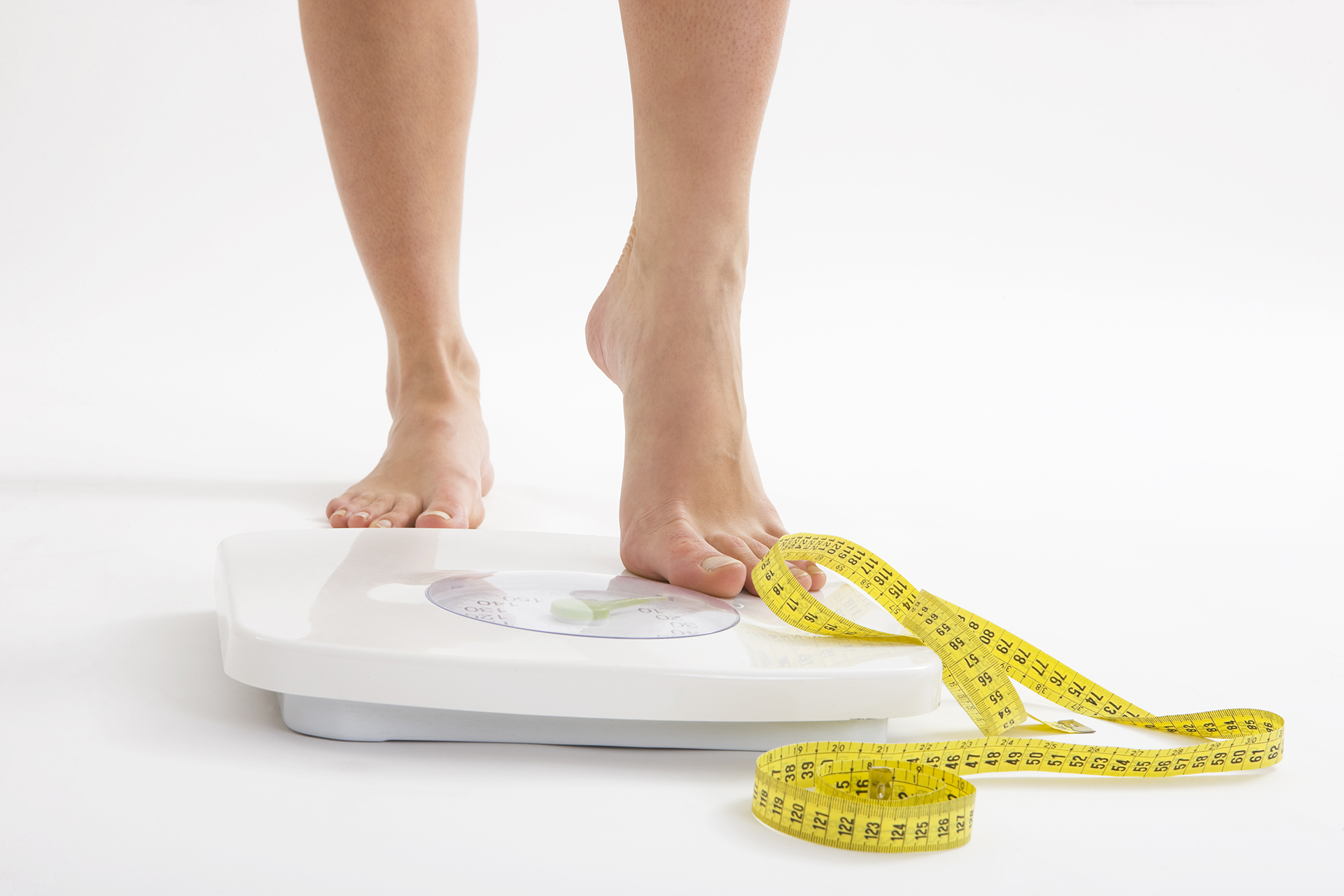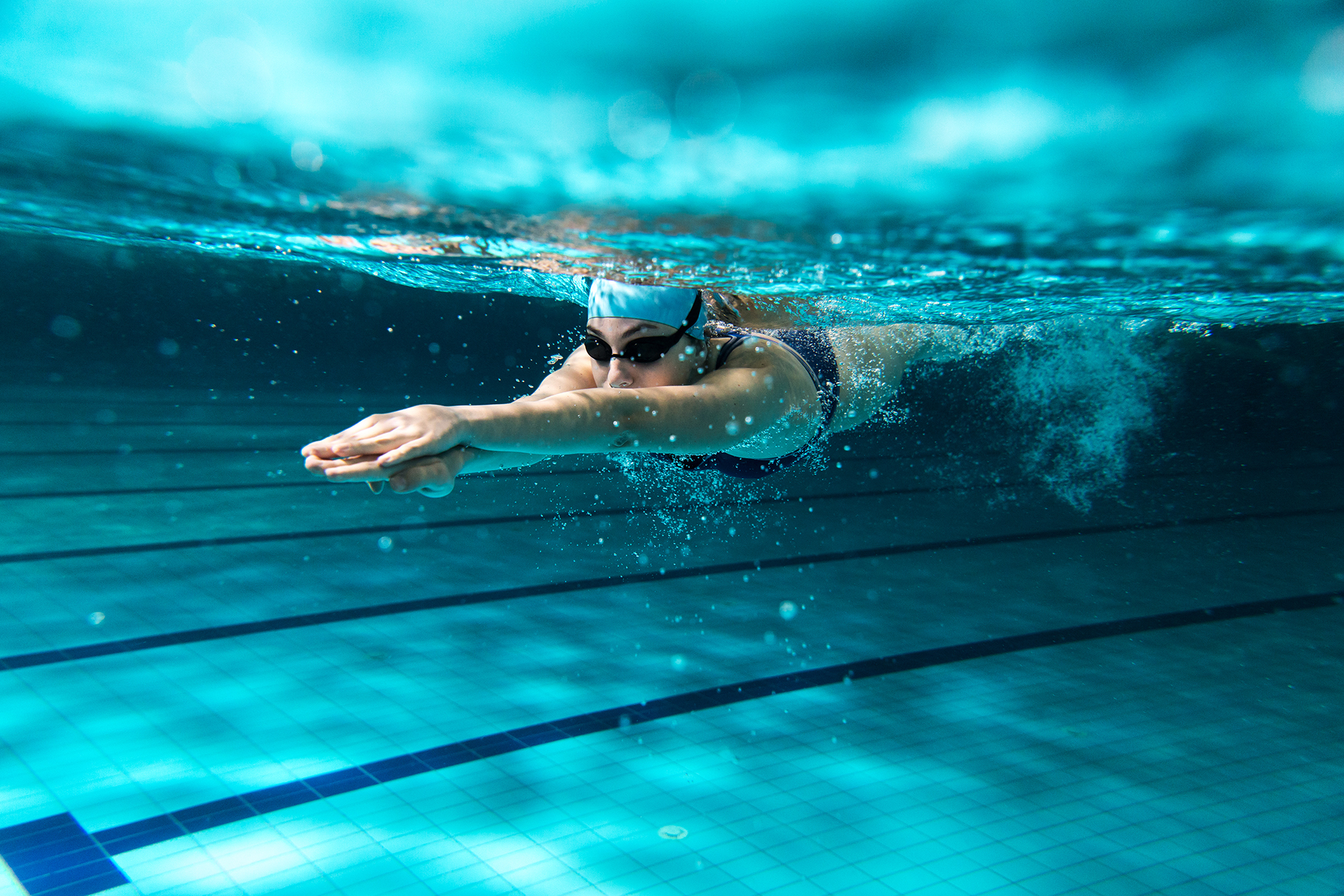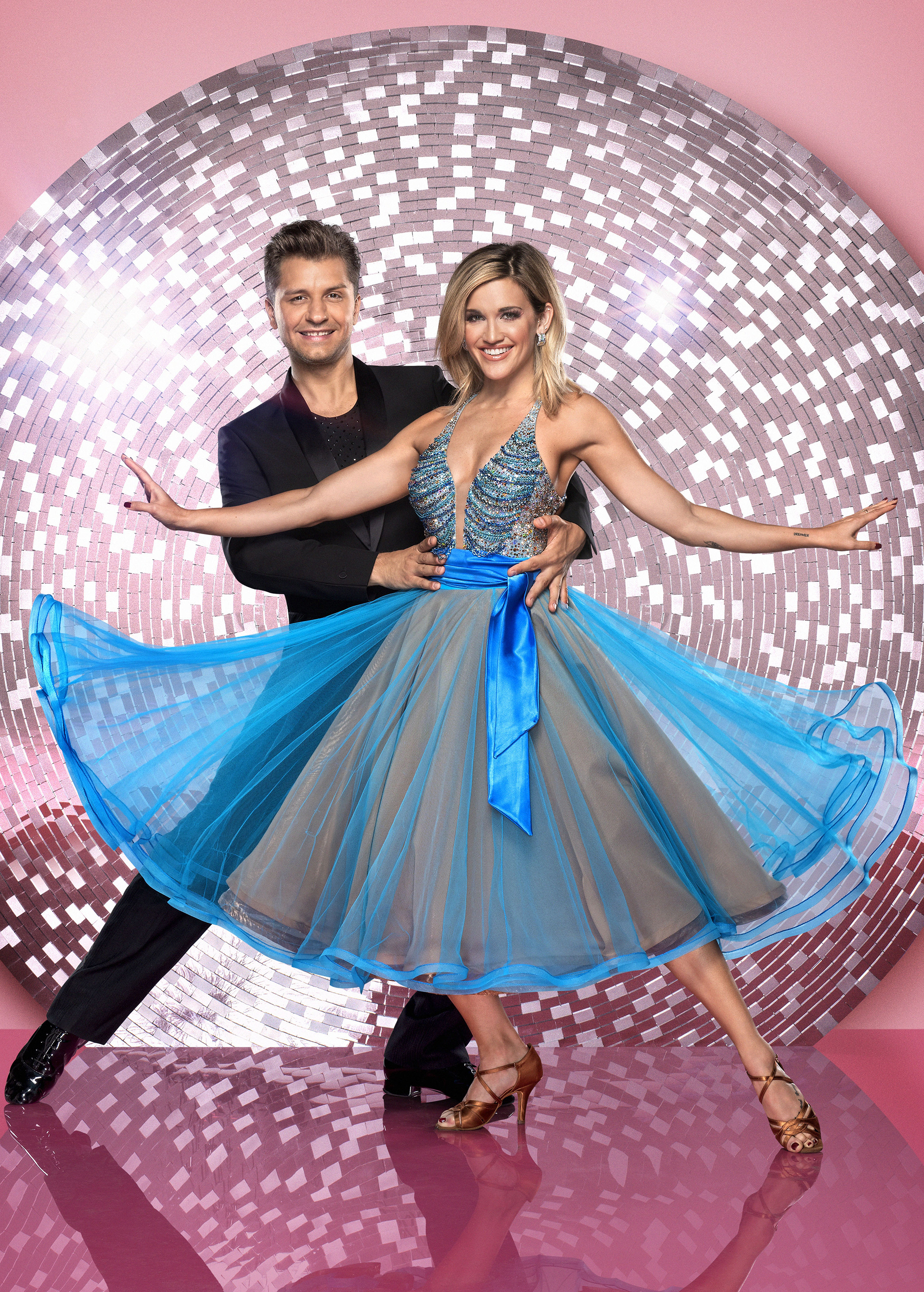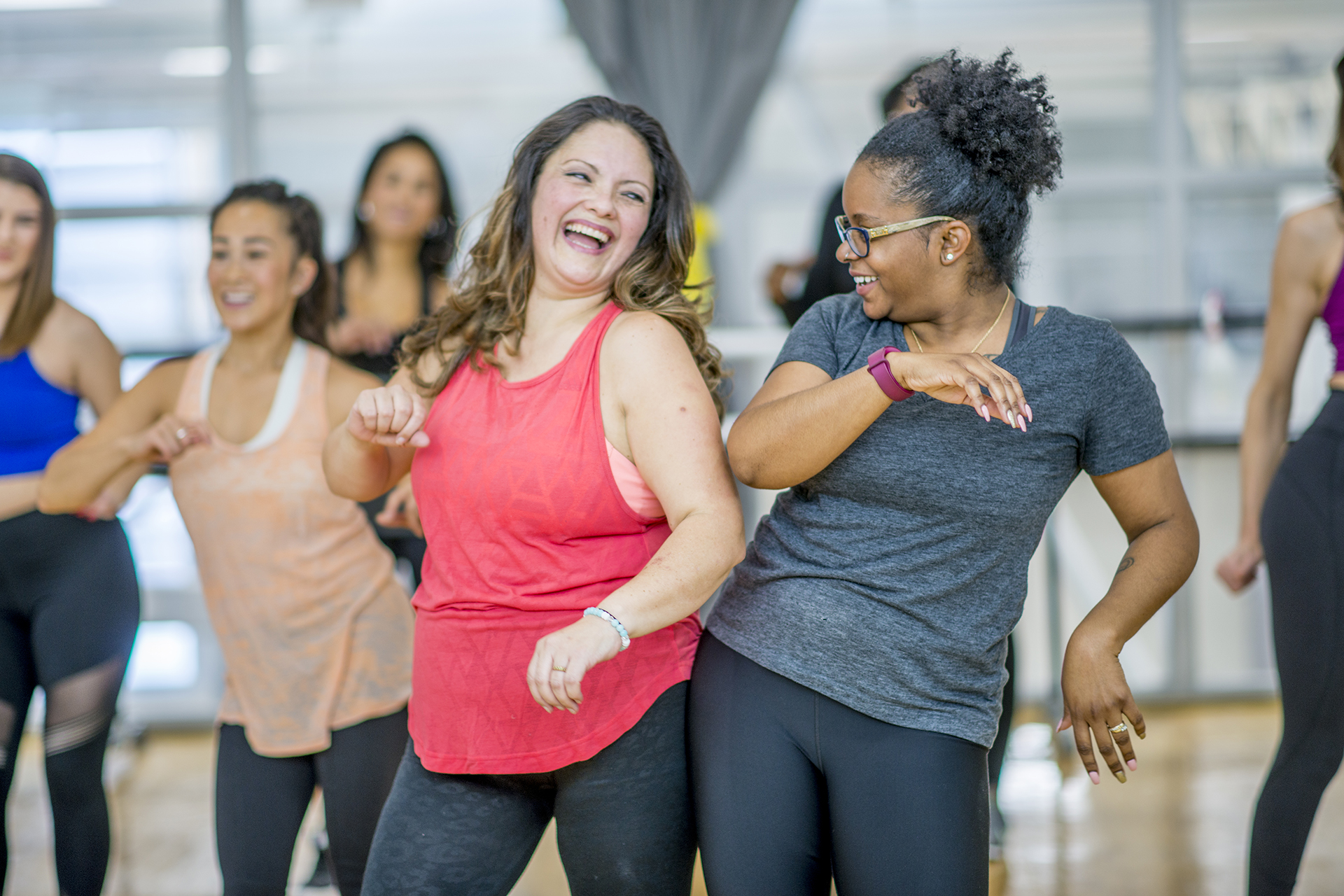Discover How Exercise Can Help Arthritis
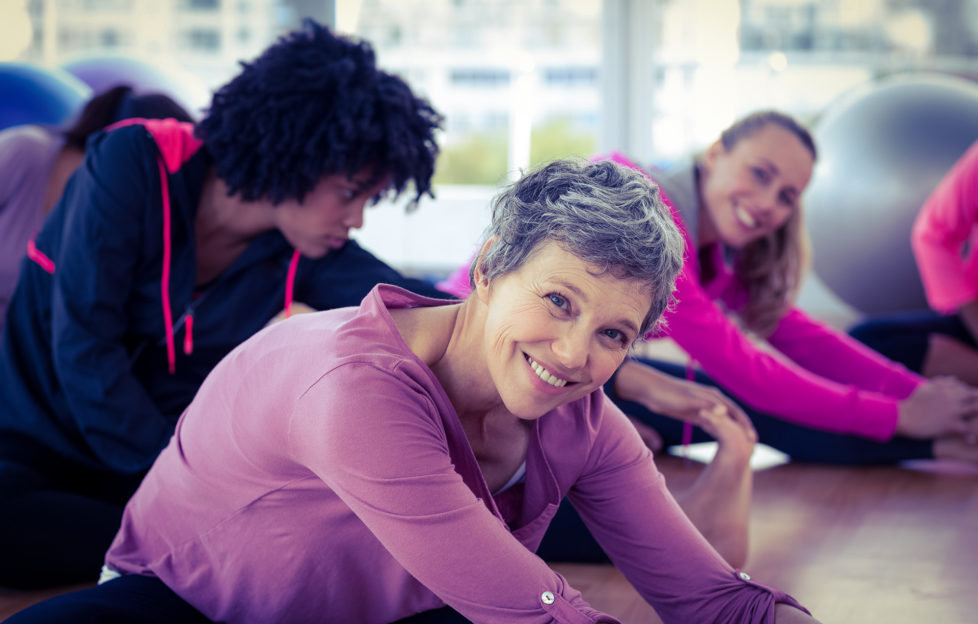
Being active with arthritis
Arthritis affects many people in the UK, but it needn’t stop you from being active. In fact, in addition to a whole host of other health and wellbeing benefits, not to mention the fun factor, exercise has been shown to improve arthritic symptoms, so it’s really important you’re not missing out. Here AXA PPP healthcare physiologists Dan Webster and Dan Poulter explain which types of exercise may be most beneficial and why.
What is arthritis?
In the UK, it is thought that there are approximately 10 million people that have arthritis, affecting people of all ages. However, some forms of arthritis are most common in older people. The word arthritis is used to describe pain, swelling and stiffness in a joint, but there isn’t just one type.
Types of arthritis
There are over 200 different types of arthritis, although the two most commonly known are osteoarthritis and rheumatoid arthritis. Osteoarthritis is a degenerative joint disease, which accounts for the majority of those diagnosed with arthritis (nine million people in the UK) and typically occurs in those over 40 years of age. Injury, overuse injuries, obesity, age, gender, race and family history have all been suggested as possible risk factors for osteoarthritis. This form of arthritis occurs when the cartilage, which acts as a cushion between two bones within a joint, starts to break down and causes changes to the bone, tendons and ligaments causing inflammation.
In contrast, rheumatoid arthritis affects approximately 400,000 people in the UK and is an auto-immune disease where the body’s defence system mistakenly attacks the lining of the joint, causing pain and inflammation. Over time, this can interfere with the normal function of the joint, but may also affect other areas of the body. This form of arthritis can affect anyone at any age, but is also more common in those over the age of 40.
Exercise might not always be on the top of your list of things to do when you have pain/stiffness in your joints, but it has been shown to improve symptoms
Arthritis and exercise
As well as medical treatments that are available, there are things you can do for yourself to relieve arthritis symptoms, slow down progression of this common condition and boost your overall wellbeing, and chief among these is moving more.
Exercise might not always be on the top of your list of things to do when you have pain/stiffness in your joints, but it has been shown to improve symptoms. Generally, being inactive will only weaken your muscles, which can lead to lack of support in your joints, causing increased tightness and elevated pain.
By contrast, being active can not only help strengthen the muscles that support your joints, but also increase their flexibility and stability. Stepping up your activity levels also helps to maintain a healthy body weight, which can help reduce unnecessary strain on damaged joints, as well as improving sleep, which supports body repair. There is also strong evidence to suggest that, with the correct type of exercise and intensity, activity can help to prevent the breakdown of cartilage and reduce inflammation and pain, improving day to day function.
As you can see, there any many proven benefits of being active, but what type of exercise is safe and beneficial?
What exercise should you do?
There may be some forms of exercise that are more suitable than others, depending on which joints are affected. As for anyone looking to start a new exercise programme, it’s important to choose activities, exercises or sports that you enjoy and are able to do consistently. Ideally these would include a combination of different types of activity, which can benefit your body in different ways. For example:
- Boost your cardiovascular health by raising your heart and breathing rate doing some form of aerobic activity for at least 150 minutes over the course of the week.
- Help to build muscle and bone strength through some form of resistance exercise twice a week, and
- Include aspects of flexibility training for improved range of motion and joint mobility.
1 Low-impact aerobic exercise
Aerobic exercise increases overall fitness and reduces the risk of cardiovascular diseases. It also helps to maintain a healthy body weight and gives you more energy and stamina. It is recommended to aim for low impact exercises that don’t put unnecessary strain on joints. These exercises typically include walking, swimming, water aerobics, and dancing and should be performed three to five days per week.
2 Muscle strengthening exercises
In addition to low impact aerobic exercise, you could also try some muscle strengthening work, which will help to support and protect your joints. For those with arthritis, it is recommended to perform large muscle group exercises using added resistance, such as your own body weight, resistance bands, machines or free weights i.e. dumbbells, two to three days per week.
3 Stretching
Many people with arthritis can have stiff joints, so including some simple stretching exercises helps improve range of motion, as well as helping to minimise the risk of injury before and after exercise. To stretch safely and effectively, slowly move into a stretch position to the point where you feel a stretch surrounding the joint, but not pain. Hold the stretch for 5-10 seconds and repeat several times. Once flexibility improves, stretches can be held for longer.
Top tips to help you up your activity levels
- Start off slowly– this is especially important if you’re new to exercise or if you experience sporadic pain and/or discomfort due to your arthritis. Build the intensity and/or duration of activity gradually, to get used to the activity you’re doing.
- Listen to your body– if you feel sudden pain/discomfort when exercising, stop and seek professional guidance from your GP or qualified sports professional. It may be that you just need to lower the intensity and work out what’s right for your body.
- Warm up and cool down– this will help to minimise injury and prepare your body for exercise. The Arthritis Foundation has many videos that will help you form a complete warm-up and cool down (click here).
- If you’re new to exercising or struggling to stick to your new regime, try roping in a friend or joining a class.
Exercise can form a part of a valuable self-help strategy that you can fit into your routine. Following these tips should improve your symptoms and help you live a fuller life!
Next steps
Take a look at our article for more ways to help stop osteoarthritis affecting your quality of life.
You can find lots of information, tips and inspiration to get you moving more and help keep you motivated in our exercise and fitness pages.
Learn more about arthritis and other conditions affecting your muscles, bones and joints and how to manage and treat your symptoms in our musculoskeletal centre.

